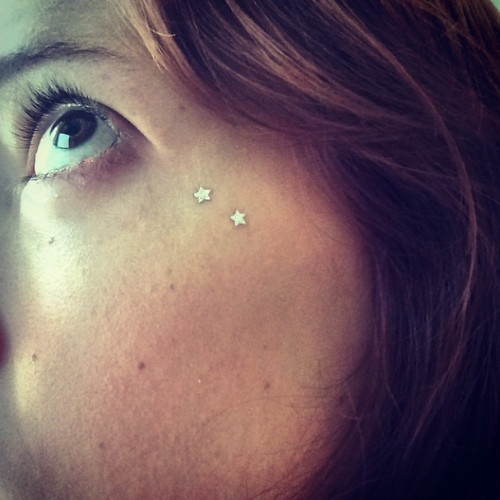The best way to shoot Stage Light in Portrait mode on iPhone X
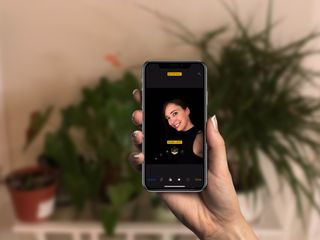
Apple's Portrait Lighting mode is currently in beta, but that hasn't stopped iPhone 8 Plus and iPhone X users from taking all sorts of fantastic photos.
pic.twitter.com/CwJBwbSD0Kpic.twitter.com/CwJBwbSD0K— JonDigital (@JonDigital_) November 17, 2017November 17, 2017
But there's one mode that sometimes gives users trouble: Stage Light (and its black and white companion, Stage Light Mono).
Because the effect effectively cuts the subject out of the background, it can be a bit tricky to properly frame and execute a Stage Light portrait. But lucky for you all, I've spent way too much time testing this feature, and have some pro tips for getting it to work properly.
Do: Shoot in Stage Light or Stage Light Mono

All of Apple's Portrait Lighting effects can be applied after the fact, but Stage Light and its black and white companion are designed to be shot in-camera (and potentially removed or changed afterward). If you want a good Stage Light photo, expect to be shooting in Stage Light from the start — and take a few test photos to see what your background is giving you for a matte.
Do: Shoot straight on



Slight angles (left and middle) are okay, but be careful of shooting in profile or with too much of your body in a weird spot.
While most of the other Portrait Lighting modes can shoot subjects at an angle with little difficulty, Stage Light needs a single focus point on its subject to work most effectively. You can angle your body a little bit, but if your hand is stretched behind you, don't expect it to make it into the final frame.
Do: Shoot in low light
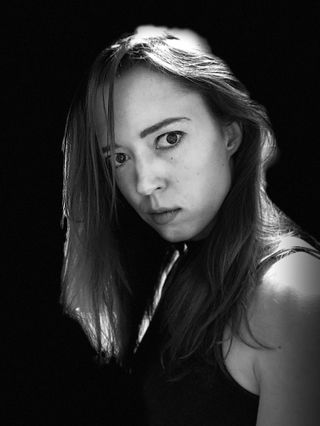



Darker backgrounds with ambient light (top and bottom right) make for a much better Stage Light matte than brighter backgrounds and top light (top and bottom left).
Master your iPhone in minutes
iMore offers spot-on advice and guidance from our team of experts, with decades of Apple device experience to lean on. Learn more with iMore!
One of the weirdest (and best) tips I have for shooting Stage Light portraits is shooting in medium-to-low-light areas. Ideally, you want areas that aren't lit themselves, but have spillover light entering them: The best place I've found to shoot Stage Light portraits so far is in my hallway, facing a lit kitchen. The kitchen lights give enough contextual light to keep my face bright, but the hallway remains mostly dark; this allows the Stage Light effect to easily separate the subject from the background.
Do: Have overhead light (if you have a dark background)


The original (left) and its Stage Light Mono version (right).
While perhaps unsurprising, Stage Light works best in conditions that have great overhead lighting and dark backgrounds. I shot the portraits above in a black stairwell with overhead light; while both look great, the Stage Light effect adds an additional layer of contextual lighting on the subject's face, giving it a warmer and less washed out look.
Do: Use Flash (weird, I know)
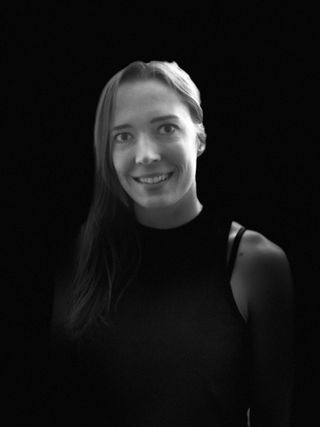



Shooting with Flash, even in a well-lit area (top and bottom right), can help better define the depth map and get you a better Stage Light photo.
Though not applicable in every situation, the TrueTone Flash (and Retina Flash on the front-facing camera) can help your iPhone better define the depth map and create a nicer curtain around the subject. Just don't shoot with it too closely, or your entire subject will be washed out.
Do: Shoot with the TrueDepth camera (iPhone X only)


While both still feature light leaks, the front-facing camera (left) does a much better job at cutting out the subject of the photo.
Like the tip before it, I find it a bit odd to actively recommend that you shoot with a camera lens and sensor that's technically inferior. But the TrueDepth sensors — which are actively integrated alongside the front camera in the iPhone X — make the whole thing worth it.
Because TrueDepth can measure more depth information than the rear camera, the Stage Light effect often fades more naturally than the cut-out look the rear camera provides. Like the rear camera, it still struggles with bright backgrounds and light sources, and it's not perfect. But I've vastly preferred the photos I've taken with the front camera over almost every rear-facing Stage Light portrait.
If you want an even better TrueDepth portrait, consider shooting the portrait within three feet (1 meter) of your background — it further helps create a solid depth map by providing a solid object to "bounce" light off.
Do: Play with Stage Light's aberrations
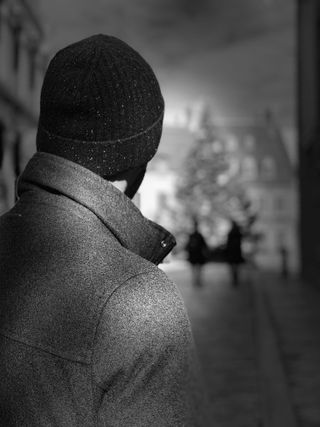

How else could you achieve the greatness that is Cat, prince of darkness (right)?
Yeah, I know: Isn't the point of this guide how to avoid weird lighting? But for all Stage Light's true aim, the effect (especially Stage Light Mono) can produce eerie works of beauty when it least intends to do so. And what fun is a design aberration if you don't take advantage of it?
In this case, Stage Light Mono's goof puts a vignette on the world around it, with a center light spotlighting what it thinks could be the subject. This can appear anytime you don't intentionally shoot with Stage Light, but I've had the best luck reproducing it when shooting images that don't have a face cleanly visible.
Don't: Shoot on a light background with direct lighting
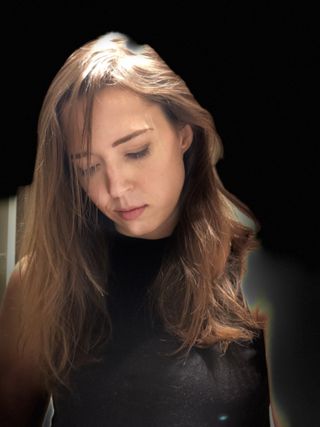

Mirror, overhead lighting, and long hair? Not my best decision.
This is the biggest mistake I've seen people make when shooting Stage Light portraits: light backgrounds are incredibly tricky for Portrait mode to understand. This includes windows, mirrors, white walls, and the like — anything that bounces light onto you will by necessity also bounce light into your iPhone's camera sensor and confuse it.
For fellow long-haired friends, lighter backgrounds also often leak through strands of hair in Stage Light mode, creating strange white patches around an otherwise good matte.
Instead, consider backgrounds without direct lighting, as mentioned above. And if you do have any sort of overhead lighting, make sure you're shooting in a space with dark walls or backgrounds.
Don't: Expect it to deal well with long hair
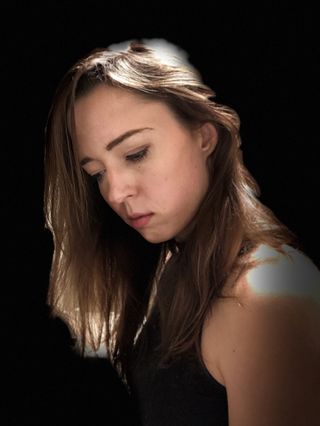

Long hair and a light background (left) is an instant no-no. If you want to try and get lovely locks in a photo, consider using the flash (right) to better define your subject from its background.
This software is in its first-generation and still carries the moniker beta for a reason: It has errors, and long hair and wisps are almost certainly included in that problem set. If you have lengthy locks or hair that isn't going to easily be separated from its background, don't expect it to work without some tweaking.
Instead, consider what you can do to play toward Stage Light's strengths. If you can angle with your hair on the side of your face furthest from the camera, Stage Light may naturally crop some of it out and add a nice fade to what otherwise can be a choppy look. You can also attempt to color-match your hair to the background to get a nice fade, or go the opposite and get a really precise cut out of your hair on a white background. Flash, as mentioned above, can also help isolate the subject (and the subject's hair!) from its background. Last but not least, you can always put your hair up and experiment with alternate looks.
Don't: Have anything in the foreground


The TrueDepth camera (left) handles foreground information slightly better than the rear camera (right), but it's still not recommended.
As of iOS 11, Portrait mode can now do foreground blurs… in any mode but Stage Light. If you attempt to put an object too close in the foreground in this mode, Portrait mode will simply include it as part of the "subject" cut out — resulting in some pretty hilarious floating objects. Great if you're pretending you're a wizard; less so for a gorgeous portrait.
Don't: Take shots with your friends
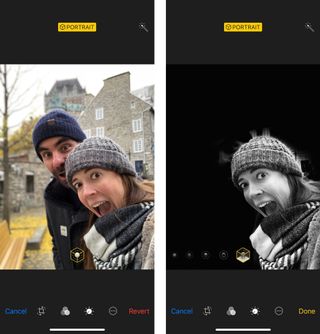
Yes, dual-person spotlight photos can look awesome — but the camera struggles enough with single-person Stage Light at the moment. If you try to add in a second person, it's likely that part of them will disappear into the black, Back to the Future style.
If you really want to include a second person, consider having them pose directly in front of you (this works especially well if you're taking pictures with a child), or use the front-facing TrueDepth camera and have them on the same depth plane.
Don't: Move!

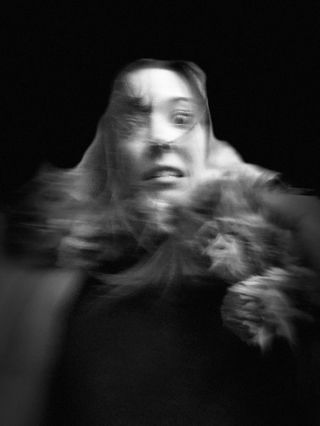
All the blurs!
There's not much to this tip: Movement and this effect do not play well. If you're shooting in Stage Light, I recommend shooting a still (or near-still) subject, lest ye be subjected to the kind of insanity pictured above.
Your tips?
Any tips you've found work especially well for shooting Stage Light photos? Let me know!
Serenity was formerly the Managing Editor at iMore, and now works for Apple. She's been talking, writing about, and tinkering with Apple products since she was old enough to double-click. In her spare time, she sketches, sings, and in her secret superhero life, plays roller derby. Follow her on Twitter @settern.

iPad Air 6 to get the iPad Pro's mini-LED display in shock late leak — OLED iPad Pro won't be the only display boost in May

How to play games on Delta Game Emulator for iPhone — get to grips with the app everyone's talking about

iPhone and iPad owners can now AirPlay content, music, and even games to TVs in these hotels
Most Popular



